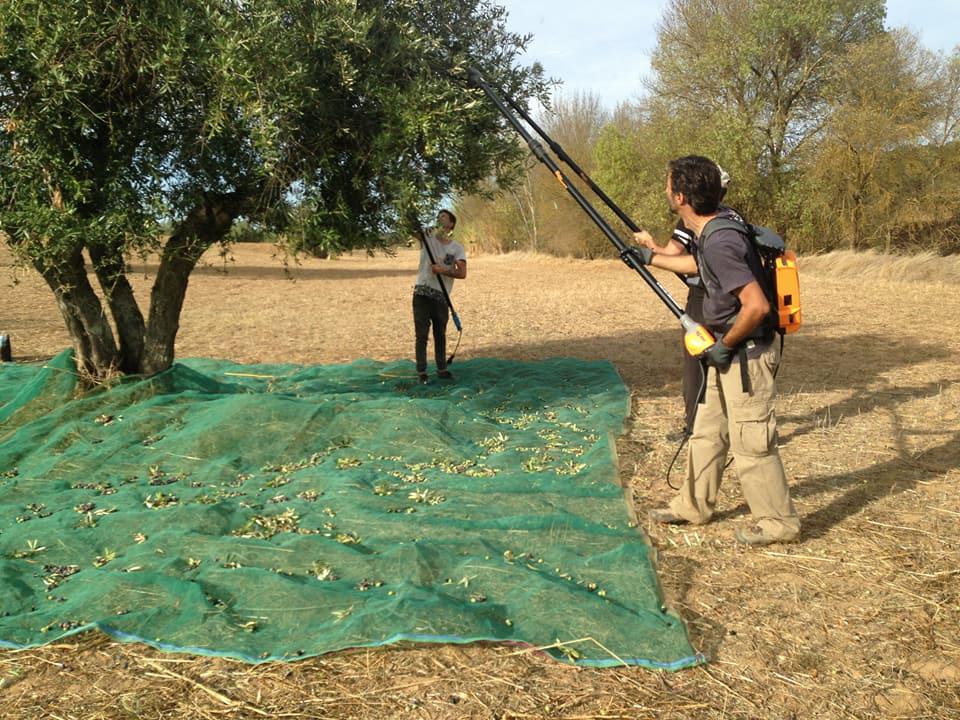Enjoy city and farm experiences in Portugal
Heading to the Portuguese capital this year? Lisbon’s accommodation scene has exploded in recent years, so there is no shortage of places to stay, from historic buildings and palaces to excellent independent hostels.
Best for experience Nature: PortugalFarmExperience
Forget work, deadlines and daily routine and enjoy your time off in the Portuguese rural habitat with us. While relaxing and tasting local food and wines, you will experience ancient traditions and cultures, taste genuine products and take part in their production process.
If its production process is not concluded, you will receive it at home, ready to be shared with your family and friends and recall the good times spent in the nature!

-
Lisbon’s Baixa, or ‘downtown’, is an appealing oblong of handsome buildings flanked by the squares of Rossio, Figueira and the grand riverfront Praça do Comércio. Its an impressive example of late eighteenth-century town planning in which many of its traditional shops survive. Most of its banks and offices have now been converted into hotels and guesthouses: a plethora of them have opened up in the last couple of years, so wherever you stay, you’ll be right in the thick of it. Consider adjacent Chiado, too, the chic shopping district that’s home to the famous café A Brasileira.
-
The city’s oldest quarter is a fascinating warren of steep, winding streets that thread their way past densely packed houses where life carries on much as it has for centuries. Heading uphill towards the castle, you’ll get some of the best views Lisbon has to offer, across the terracotta roof tiles and the cruise ships that anchor on the broad Tagus estuary. Fado restaurants and souvenir shops are moving in, but this is still an alluring old-world village Lisbon where you can spend all day exploring.
-
The wide, palm-lined Avenida da Liberdade is a mile-long strip of Portugal’s most expensive real estate, where embassies and consulates sit above top glitzy designer shops. Gently sloping downhill from the spaces of the centre’s main park, Parque Eduardo VII, to the central Baixa, the Avenida is also a short walk from most of Lisbon’s attractions.
-
Spread out across a hill above the old town, the ‘high district’ has long been the city’s bohemian quarter. Its grid of densely packed streets are an intriguing medley of boutiques, bars, restaurants and graffittied houses. Relatively quiet by day, the district comes to life after midnight when on warm summer nights, it gives the impression there’s a permanent street party taking place until the small hours. This is not the place to come for a quiet night, but it’s ideal if you want some serious nightlife. Stay on the fringes of the central grid to be clear of the noisiest streets.
-
The once seedy Cais do Sodré has had a makeover, and the bars and clubs that once attracted sailors and street walkers now attract the hip and trendy. There’s an appealing riverfont promenade, tasteful warehouse conversions and the Mercado da Ribeira, the main market, much of it now given over to food stalls serving top cuisine. Cais do Sodré also has plenty of fashionable restaurants and bars, but many of its budget establishments remain; it hasn’t quite thrown off the earthiness that is part of its appeal.
-
West of the centre, the well-heeled districts of Lapa and Madragoa contain some of the city’s finest mansions and embassies, many with dazzling views over the Tagus. This is a quieter, more residential side to Lisbon, yet you’re only a short tram or bus ride from the city centre one way and the historic sites of Belém the other. This is also where you’ll find the splendid Museu Nacional de Arte Antiga, an art gallery featuring the likes of Hieronymus Bosch, Dürer, Rodin and Cranach.
-
In 1498, Vasco da Gama set sail from Belém to open up trade routes to India, a feat which established Portugal as one of the world’s superpowers. To give thanks, the king built the sumptuous Jerónimos monastery, the centrepiece of a raft of impressive monuments and museums in this historic suburb west of the centre. These include the Torre de Belém tower, the impressive Maritime Museum and the unmissable Berardo Collection, one of Europe’s top modern art galleries.
-
Close to the airport and a short metro ride from the centre, the Parque das Nações was built for Lisbon’s Expo 98. It’s a futuristic new town of modern apartments and gardens flanking various tourist attractions, including a casino, science museum and its most famous site, the Oceanarium, which is one of the largest in Europe. You’ll also find a range of international restaurants, bars, concert venues and the giant Vasco da Gama Shopping Centre. All of this faces out onto the Tagus, here crossed by Europe’s longest bridge, the 17km-long Ponte Vasco da Gama.
